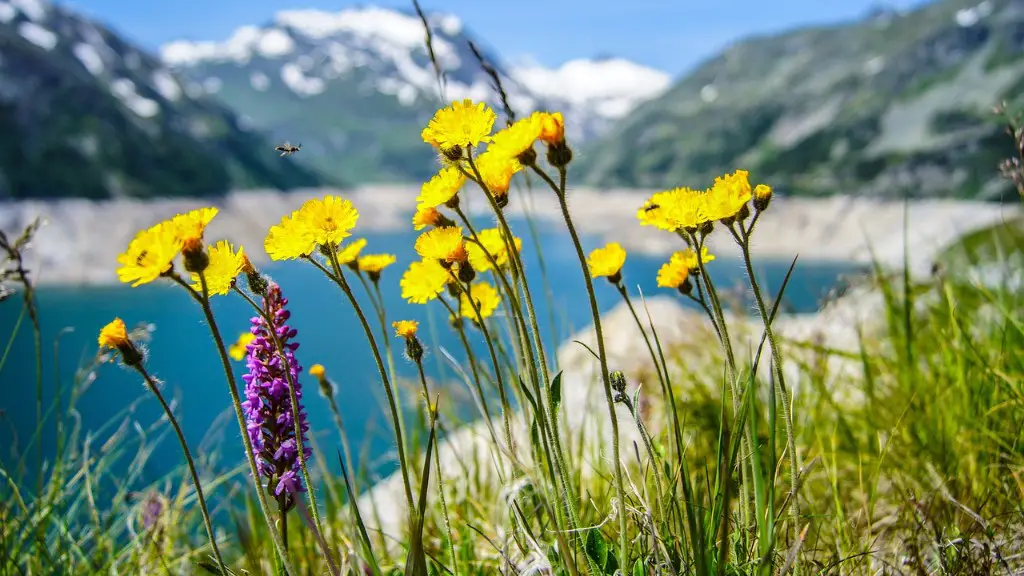The Great Lakes
The Great Lakes are a vast system of lakes, located in the middle of North America, and considered some of the most beautiful and unique in the world. Home to more than 35 million people and accounting for over 20 percent of the world’s fresh surface water, the Great Lakes have played an important role in the development of both Canada and the United States. Their various sizes, shapes, depths, and characteristics have created a vast array of habitats and species, making them a haven for both wildlife and humans. Lake Huron is the second largest and most notable among the five Great Lakes.
Climate and Geography of Lake Huron
Lake Huron is located between the provinces of Ontario, Canada and the state of Michigan in the United States. It spans a total area of 59,570 square kilometers (23,010 square miles). The lake has a maximum depth of 229 m (750ft) which lies east of Grand Island and a maximum width of 81 km (50mi). Lake Huron is interconnected with the other Great Lakes by the St. Lawrence Seaway, allowing for a rich trade and shipping industry, and provides access to the Atlantic Ocean. In addition, it is home to a wealth of wildlife, including more than 80 species of fish, and dozens of species of birds and animals.
Water Pollution in Lake Huron
The pollution of Lake Huron has been an ongoing problem for decades. In the past, the primary sources of pollution have been wastewater treatment plants, industrial and agricultural runoff, and air pollution. These combined sources have caused a serious decline in water quality, affecting wildlife and human health. In recent years, however, the introduction of water treatment plants and other projects have improved the water quality significantly. As a result, the lake is now considered one of the cleanest of the Great Lakes. Nevertheless, there is still a need for further improvements, as some areas of the lake are still subject to high levels of pollution.
What is being Done to Address the Pollution?
The governments of both Canada and the United States have taken steps to address the pollution in Lake Huron. In particular, the Great Lakes Water Quality Agreement of 1973 outlined a set of regulations and standards for water pollution control to protect the Great Lakes. Both countries have also introduced various initiatives to help protect the watershed, such as wetland protection, restoration of damaged areas, and reducing agricultural runoff. Governments have also put in place various conservation and management programs, such as land use planning and shoreline zoning, to help protect and preserve the lake.
Threats to Lake Huron
Despite these efforts, however, Lake Huron still faces a number of threats. Invasive species, particularly the round goby, have been found in the lake and are posing a threat to native species. Overfishing, algae blooms, and climate change are also having a negative impact on the lake. Climate change, in particular, is leading to longer winters, warmer summers, and more frequent and intense storms, which can have a devastating effect on the lake’s delicate ecosystems.
Conclusion
All in all, Lake Huron is one of the five Great Lakes, interconnected with the other Great Lakes, and home to a wealth of wildlife and human habitation. The lake has seen a significant improvement in its water quality, largely due to the efforts of the governments of both Canada and the United States. Nevertheless, the lake still faces a number of threats, such as invasive species, overfishing, and climate change, which need to be addressed if the lake is to remain healthy and pollution-free in the future.

